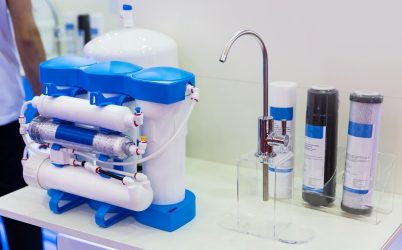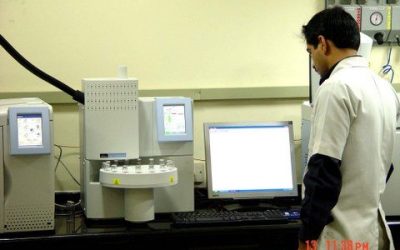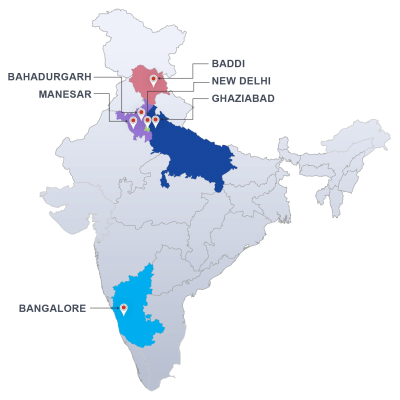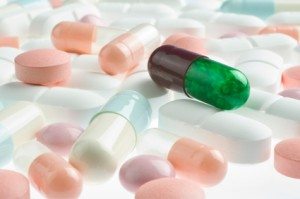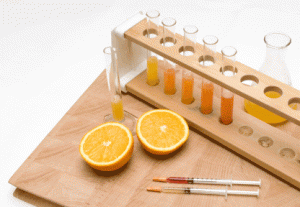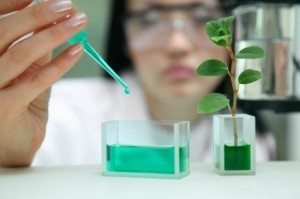Skin Irritation Test (Patch Test in Humans):
Auriga Research performs the safety evaluation of cosmetic products by human patch test. This patch test is carried out on human volunteers.
Open Patch tests are performed for Paints, glues, essential oils, perfumes.
Semi occluded Patch Test where application site is kept open for up to half an hour post application and then occluded. This test is performed for Nail lacquers, colognes, after shave lotion, alcohol based products and solvent based products
Occluded patch generally applied for 24 hrs and performed for products like Skin powder for infants, shampoos, surfactant based products, skin creams, hair creams, hair oils, pomades, brilliantine, cosmetic pencils, lipstick, lip salve, bindiliquid, kum kum powder, liquid foundation makeup, sindoor, cold wax, face pack, kajal, herbal cosmetics, leave-on and rinse-off conditioners, mascaras
Another test is Short duration open patch test (30 min) for products like Dyes, colours, pigments, oxidation hair dyes, henna powder, depilatories, bleaching creams, permanent wave solutions.
The skin reaction is assessed after 24 h of removal of the patches (or 24 h after product contact in the case of open patches) and scoring of reaction is done as per the Draize Scale namely, erythema (including dryness, scaliness and wrinkles) on a 0-4 point scale and oedema on another 0-4 points scale.
Photopatch Test:
Photopatch Test is done for substance which produce skin irritation by photocontact-sensitivity. This evaluates the potential of a product to induce phototoxicity (photo-irritation). To perform this test, each substance is applied in duplicate patches in the same manner as for standard patch tests, but after 24 h, one of the patches in each pair is removed and the skin at the test site is exposed to sunlight for 30 min or appropriate sources of ultraviolet light (UVA 5 J/cm2). These patches are covered again. After a further period of 24 h, all the patches are removed and the test sites are examined for evidence of skin irritation. Scoring is carried out using Draize scales and results are reported as combined mean scores. The photopatch test is considered to be positive if there is no reaction at the site of the standard patch (not exposed to light), but the site of the exposed patch (exposed to sunlight or UV light) shows evidence of skin irritation.
Use Test:
Use test is performed once product is passed appropriate patch tests. In this test, volunteers use the cosmetics as normally used for 15 days. There shouldn’t be any adverse reaction for releasing product for consumer tests.
Consumer Test:
Consumer tests are performed in large numbers of individuals while using cosmetic products for longer duration. The reported adverse effects are collected and processed to judge the safety of the product.
ASSESSMENT OF CONTACT HYPERSENSITIVITY AND PHOTOSENSITIZATION
Human Repeat Insult Patch Test (HRIPT/RIPT):
The neat cosmetic product or diluted solution or the highest non-irritant concentration of product is applied to 50, 100, 150 or 200 human volunteers. The first phase is the induction phase where patches are applied on thrice a week basis for three weeks. The patch is removed after 24 h of contact each time and clinical examination is carried out 24 h after patch removal. There is a rest phase of 14 days following the induction phase in order to develop sensitization to the test product. It is followed by a challenge phase; a single patch for each product or ingredient (applied during the induction phase) will be put on a new site on the upper arm or back. Patch is removed at 24 h and scoring done at 24 h, 48 h, and 72 h after removal (or 24 h, 48 h, and 72 h. The Draize scale (erythema and oedema) is used for evaluation during the induction phase. The International Contact Dermatitis Research Group Scale (ICDRG Scale) is used for evaluation during the challenge phase.
Exposure and Withdrawal Test:
Hypersensitivity of an individual to an agent is checked by stopping the suspected agent for a week or so.
Human Repeat Insult Photo Patch Test (HRIPPT/RIPPT):
This test is performed for photo allergenicity testing and is usually carried out after conducting an HRIPT. In the induction phase, test material cosmetic products are applied twice a week, for three weeks on the same site on the back or upper arm (six consecutive applications of the product/s). Patches are kept in place for 24 h. Skin reaction (if any) is checked after patch removal and the test site is exposed to UV (UVA, 5 J/cm2). Reactions if any are observed immediately and after 24 h. The rest phase involves one week of no application of any patch in order to develop sensitization to the test product. In the challenge phase only one patch is applied to a naïve skin site on the back or upper arm. Patch is removed after 24 h. Skin reaction (if any) is checked after patch removal and the test site is exposed to UV (UVA, 5 J/cm2). Reactions (if any) are observed immediately and after 24 h, 48 h and 72 h. Scoring is carried out as per the ICDRG scales. A positive reaction in even one subject indicates that the product is likely to be photo allergenic.




